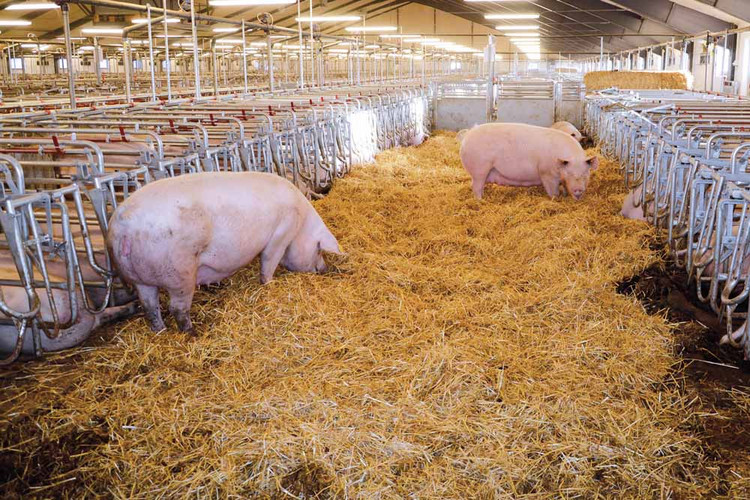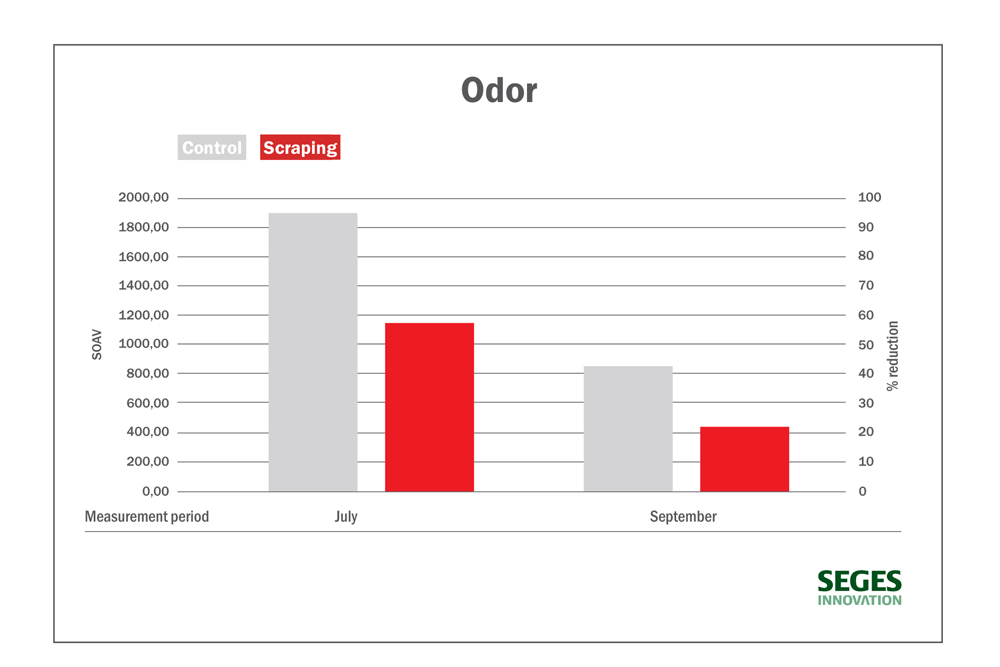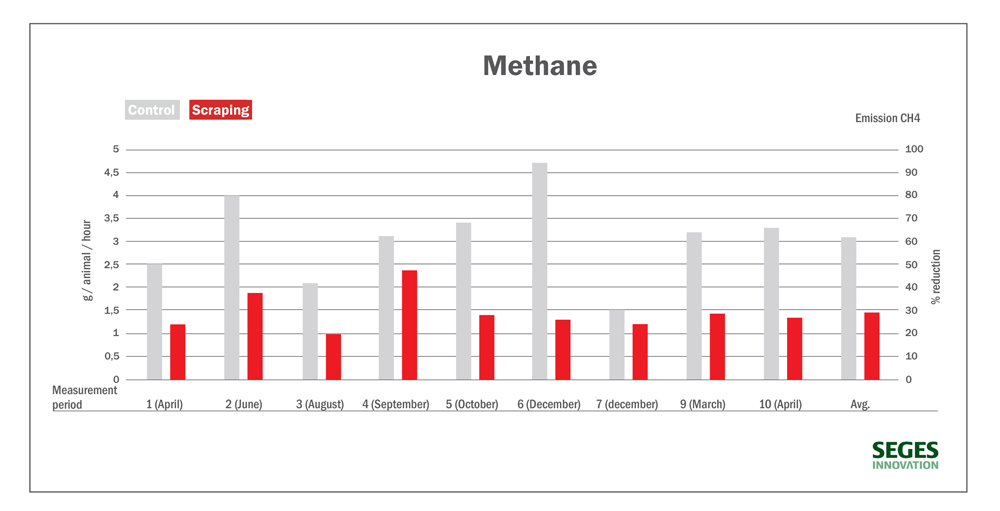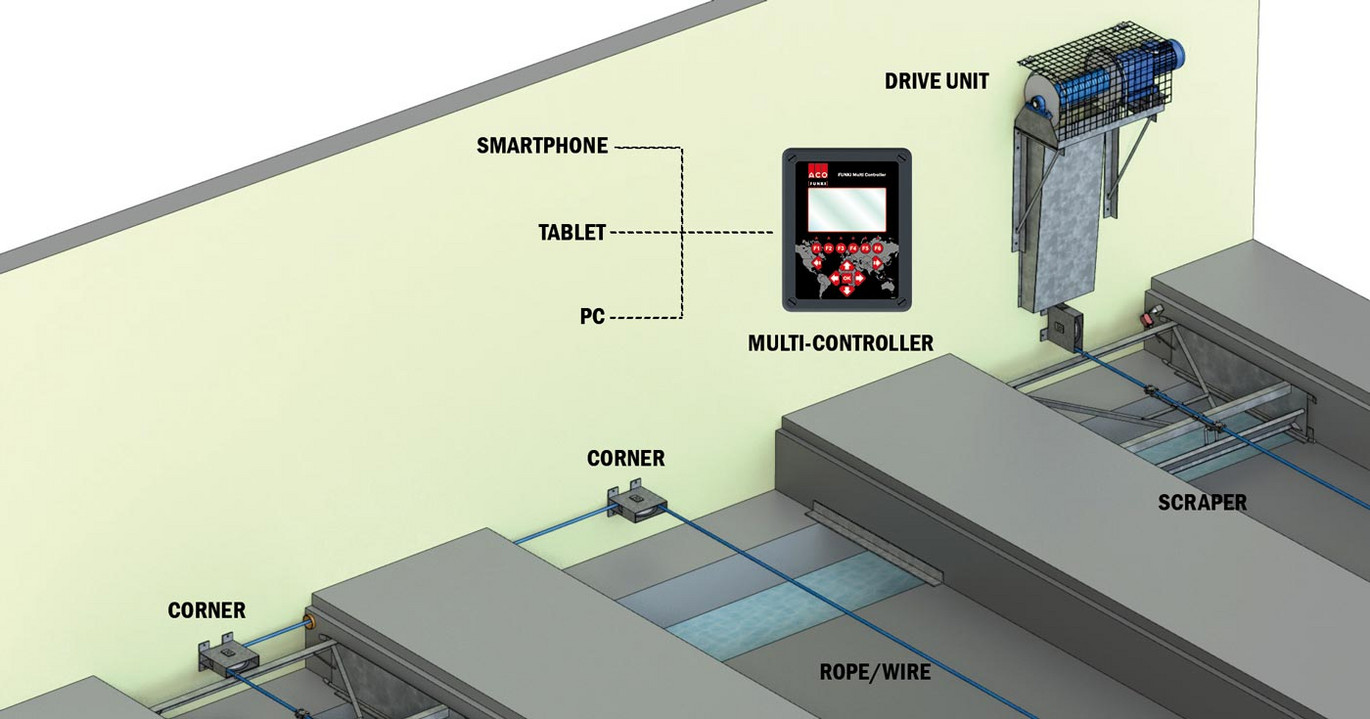Scraping System for straw removal
Efficient method for removing manure and slurry
With upcoming climate taxes on agricultural emissions in EU, there is increased focus on solutions that both reduce CO₂ and improve daily operations in livestock barns. One of the most effective and practical methods to reduce emissions in pig production is the use of scraping systems for manure removal.
A scraping system is a simple yet effective technology designed to remove straw from the slurry channels in pig barns. This not only results in improved hygiene and animal welfare – it also plays a crucial role in reducing environmental impact. By quickly and efficiently removing straw from the channels, the formation of ammonia and other harmful gases is minimized, contributing to lower climate impact and improved air quality both inside and outside the barn.
Requires minimal maintenance
This method of manure removal is also energy-efficient and requires minimal maintenance, making it an economically attractive solution for farmers looking to future-proof their production in a time of increasing climate regulations.
There is no limitation on how much straw the system can handle, providing flexibility in the use of bedding – an important factor for both animal welfare and the overall CO₂ footprint of the barn.
As Danish Agriculture & Food Council – Pig Research Centre emphasizes, it will be crucial for the industry to find practical solutions that reduce greenhouse gases without compromising productivity.
The scraping system is a strong example of a technology that can already make a real difference.
Achieve lower environmental impact despite larger pens
A primary advantage of using a scraping system is the reduction of methane and odor emissions. By keeping the channels free from accumulated straw, the risk of methane and
odors developing and affecting both animal health and the surrounding environment is minimized.




